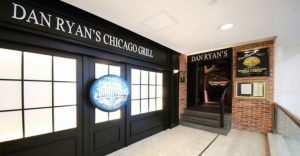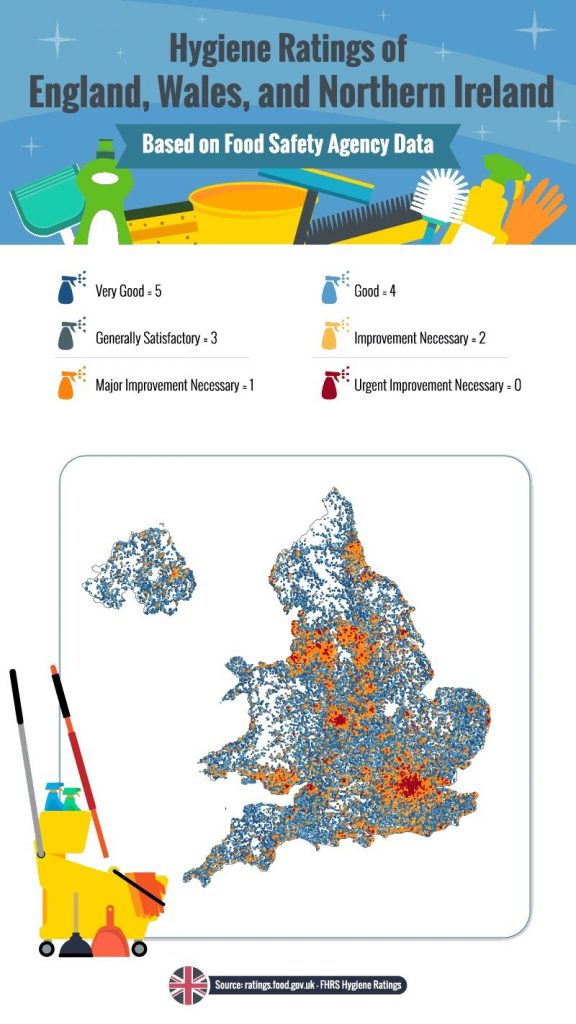Our garage door didn’t work in Kansas, so we parked our car outside.
The cats would bring gifts to the doorstep every morning – a reliably good indicator of what species of rat, squirrel, bird or something else was flourishing that reproductive year.
 The dogs also took a tag-team approach, with the cocker spaniel sniffing out the rabbits nests, and the border-collie-pit-bull mutt finishing them off.
The dogs also took a tag-team approach, with the cocker spaniel sniffing out the rabbits nests, and the border-collie-pit-bull mutt finishing them off.
But there was this one time, they missed the rats.
Went to start the car in the morning and it was dead.
Wouldn’t boost.
Took it to the shop and they had a verdict in about 5 minutes.
Rats.
It was starting to get cold that season, and the mechanic said it was common for rats to seek the protection, and sometimes warmth from auto engines, and gnaw away at various wires.
Said he saw it all the time.
Carl Zimmer of the New York Times writes that despite their ubiquity, Rattus norvegicus, otherwise known as the brown rat, remains surprisingly mysterious. Scientists have only a hazy idea of how it went from wild rodent to unwanted human companion.
“They’ll gnaw through walls. They’ll gnaw through wires. They’ll destroy cars,” said Jason Munshi-South, a biologist at Fordham University. “They’ve managed to spread wherever there are humans.”
Now Dr. Munshi-South and his colleagues have completed the first in-depth genetic study of brown rats from around the world. Their story has twists and turns that surprise even the experts.
After spreading slowly for thousands of years, the scientists found, brown rats scampered over much of the planet in just the past three centuries. And once brown rats settle into a new city, the new study suggests, they repel all newcomers — a finding that could have big implications for our health.
Dr. Munshi-South said the study emerged from a simple question: “What is a New York City rat, and where did it come from?”
 He contacted researchers around the world to see if he could obtain DNA to compare with that of the rats he captures around New York City. To his surprise, he ended up with samples from hundreds of brown rats, from the Galápagos Islands to Brazil, from New Zealand to Japan.
He contacted researchers around the world to see if he could obtain DNA to compare with that of the rats he captures around New York City. To his surprise, he ended up with samples from hundreds of brown rats, from the Galápagos Islands to Brazil, from New Zealand to Japan.
Instead of simply asking where New York City’s brown rats came from, Dr. Munshi-South realized he might be able to figure out where the world’s brown rats came from.
Emily E. Puckett, a postdoctoral researcher in his lab, analyzed the DNA samples, sorting 314 brown rats from 30 countries into clusters of genetic relatives. Eventually, she was able to determine how different populations of the rats mixed together over time.
Dr. Puckett, Dr. Munshi-South and their colleagues published their findings last week in Proceedings of the Royal Society B Biological Sciences.
The brown rat is sometimes called the Norway rat, but the new research confirms that the name is a misnomer. Instead, brown rats originated in northern China or Mongolia. Before they became our companions, they fed on wild plants and small animals on cold, open plains.
Farming came relatively late to northern China, but at some point, native brown rats, finding a reliable food supply in their midst, switched to living on farms and in villages.
Dr. Puckett and her colleagues can’t say how long brown rats remained in northern China, but at some point, they started to expand their range. Their first migration, the study suggests, took them to southeastern Asia.

Tanner holds up a freshly-caught rat.
Much later, a wave of brown rats spread northeast, into Japan and Siberia. Another emigrated west, eventually reaching Europe in what appear to have been three major arrivals on the Continent. These rats may have traveled on overland routes, or perhaps hidden on ships that sailed along the coasts of Asia and Europe.
The new study suggests that brown rats were slower to spread around the globe than our other familiars, the black rat and the house mouse. Geography may be the reason: House mice originated in the Fertile Crescent, and black rats in India.
Farming societies and widespread trade arose in those places much earlier than in northern China, giving the black rat and the house mouse early opportunities to travel.
But in the past three centuries, the brown rat has more than made up for lost time.
Brown rats in Alaska and along the Pacific Coast of the United States and Canada can trace much of their ancestry to Russia, Dr. Puckett and her colleagues found. Their ancestors may have stowed away aboard ships that traveled to fur-trapping communities in the New World in the 1700s and early 1800s.
But the brown rats of Europe became the true globe-trotters. As Western European countries colonized other parts of the world, they took the rodents with them.
The brown rats of New York and other Eastern American cities trace their ancestry to those in Western Europe. So do brown rats in South America, Africa, New Zealand, and isolated islands scattered across the Atlantic and Pacific.
Even today, the ports of New York City are visited by rats from around the world.
 The plush ICA Bar was owned by Peyton & Byrne Ltd, a firm co-owned by Irish restaurateur Oliver Peyton, who is a judge on BBC show Great British Menu.
The plush ICA Bar was owned by Peyton & Byrne Ltd, a firm co-owned by Irish restaurateur Oliver Peyton, who is a judge on BBC show Great British Menu. Cracked tiles were found in the kitchen, possibly giving the pests a place to nest.
Cracked tiles were found in the kitchen, possibly giving the pests a place to nest.













